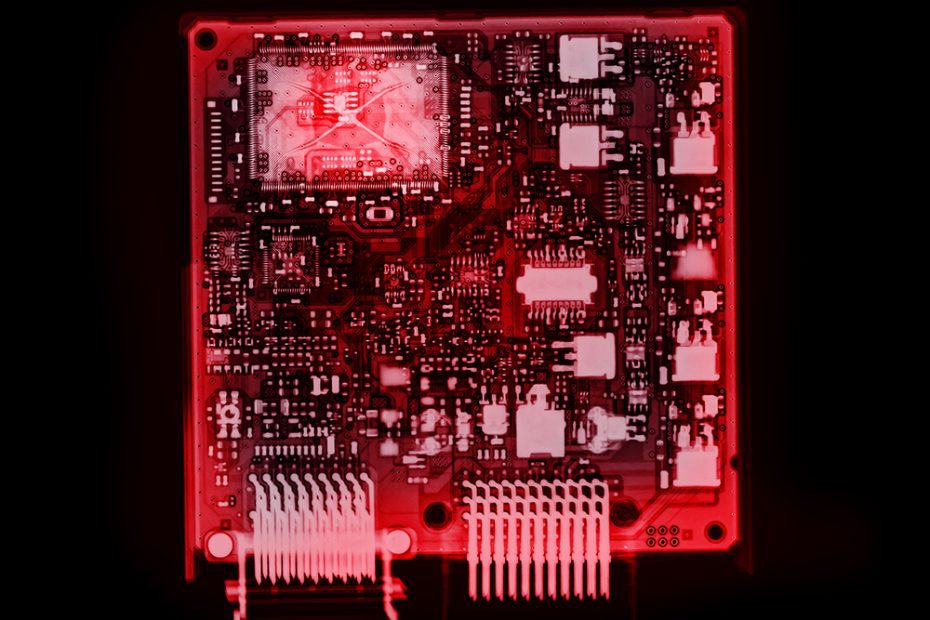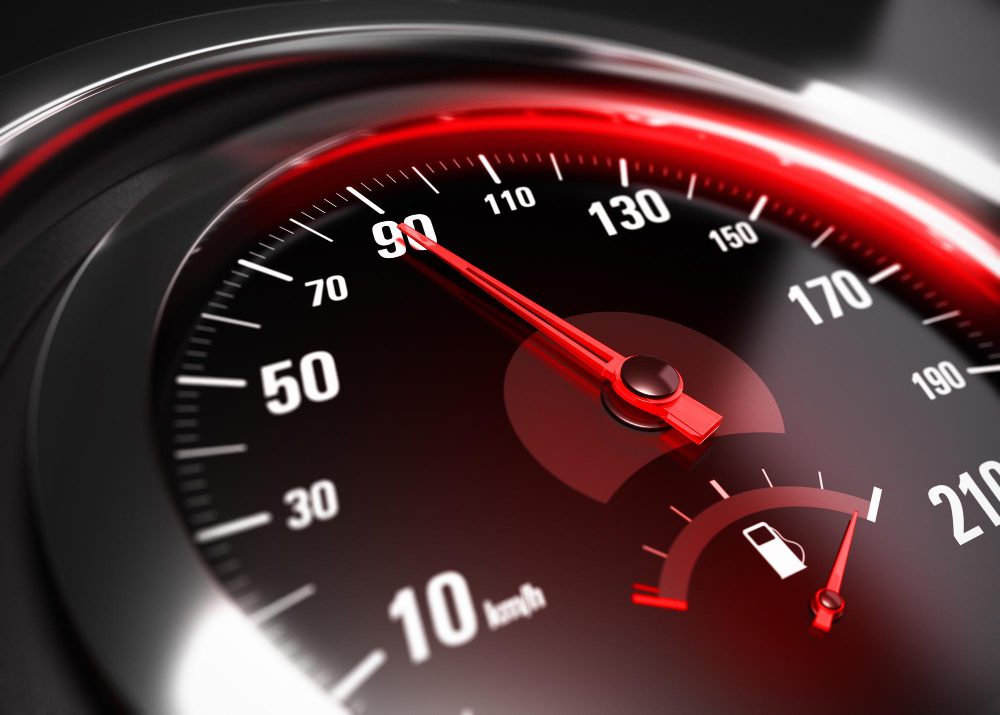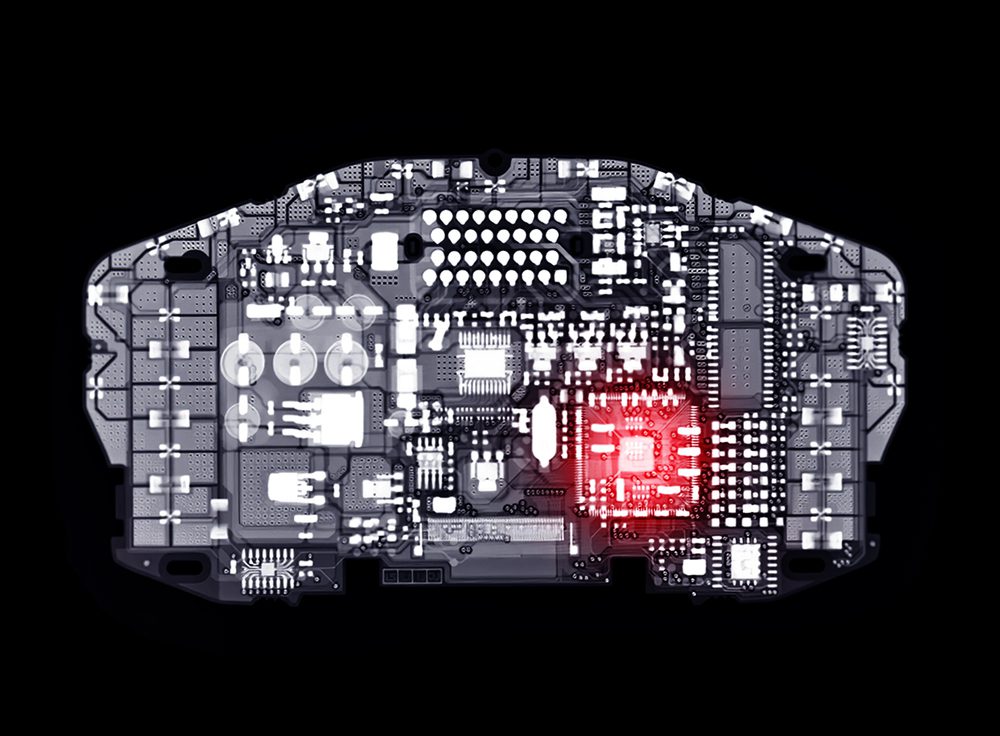What does a powertrain control module do?
The powertrain control module (PCM) is a vital component in modern vehicles that plays a crucial role in controlling and managing the powertrain system. The PCM is an electronic control unit responsible for monitoring and regulating various functions of the engine, transmission, and other related systems.
The Functions of a Powertrain Control Module
The PCM acts as the brain of the vehicle’s powertrain system, receiving information from various sensors and making necessary adjustments to ensure optimal performance, fuel efficiency, and emission control. Here are some of its key functions:
Engine Control: The PCM constantly monitors the engine’s operating parameters such as air intake, fuel injection, ignition timing, and idle speed. It uses this data to make real-time adjustments to optimize engine performance and ensure smooth operation.
Transmission Control: In vehicles with automatic transmissions, the PCM controls the shifting of gears based on input from sensors that monitor vehicle speed, engine load, and throttle position. It ensures smooth gear changes and optimal efficiency.
Emission Control: The PCM is responsible for monitoring and managing the vehicle’s emissions. It controls various components, such as the oxygen sensors, catalytic converter, and evaporative emissions system, to ensure compliance with emissions regulations.
Diagnostic Functions: The PCM performs regular self-diagnostic checks to detect and identify any malfunctions or faults in the powertrain system. It stores these diagnostic trouble codes (DTCs) which can be accessed using a diagnostic scan tool, aiding in troubleshooting and repairs.
How the Powertrain Control Module Works
The PCM constantly receives inputs from numerous sensors placed throughout the vehicle, including the throttle position sensor, mass airflow sensor, oxygen sensors, and more. These sensors provide data on various parameters such as engine temperature, air intake, vehicle speed, and exhaust gas composition. The PCM processes this information in real-time and makes necessary adjustments to ensure optimal performance.
When specific thresholds or conditions are met, the PCM sends output signals to actuators and solenoids to control various components such as fuel injectors, ignition coils, and transmission solenoids. These output signals adjust the timing, fuel mixture, valve positions, and other factors to maintain desired performance, efficiency, and emissions levels.
In addition to its control functions, the PCM also stores valuable diagnostic information. When a fault is detected, the PCM generates a DTC, indicating the specific area of concern. These codes can be read using a diagnostic scan tool, helping technicians identify and resolve issues more efficiently.
“The powertrain control module acts as the brain of the vehicle, ensuring all systems work together seamlessly for optimal performance.” – Automotive Expert
Is a PCM the brains of a car?
A powertrain control module (PCM) is often referred to as the “brains” of a car, as it plays a crucial role in controlling and coordinating various systems within the vehicle. The PCM is an electronic control unit that manages the engine, transmission, and other important components of the powertrain.
What is a powertrain control module?
The powertrain control module, also known as the engine control module (ECM), is responsible for monitoring and controlling the engine’s operation. It receives input from various sensors throughout the vehicle and uses this information to make decisions that optimize engine performance, fuel efficiency, and emissions.
The PCM acts as a central hub, receiving data from sensors such as the oxygen sensor, throttle position sensor, and crankshaft position sensor. It then uses this data to make adjustments, such as altering the air-fuel mixture, adjusting ignition timing, or activating the appropriate solenoids for shifting gears in automatic transmissions.
Functions of a PCM
The PCM performs several important functions, including:
- Engine Control: The PCM controls the fuel injection system, ignition system, and other engine-related parameters to ensure optimal performance.
- Transmission Control: In vehicles with automatic transmissions, the PCM manages the shifting of gears, based on input from various sensors.
- Emission Control: The PCM monitors the exhaust gases and adjusts the engine’s operation to reduce harmful emissions.
- Diagnostic Function: The PCM can detect and store trouble codes, providing valuable information for diagnosing and resolving issues.
Importance of a PCM
Due to its crucial role in managing the powertrain, a malfunctioning PCM can lead to various problems with engine performance and drivability. Therefore, it is essential to ensure the PCM is functioning correctly and is updated with the latest software.
“The PCM acts as the control center for the vehicle’s powertrain, making it a vital component in modern cars.” – Automotive Expert
In conclusion, the PCM serves as the central control unit for a car’s powertrain, overseeing the engine’s operation, transmission control, emission control, and diagnostics. Without a properly functioning PCM, the car’s performance and efficiency can be compromised.
Is the PCM the same as the engine control module?
The powertrain control module (PCM) is often confused with the engine control module (ECM), but they are not the same thing. While both modules are responsible for controlling various functions of a vehicle’s engine, they have distinct differences in terms of function and scope.
What is the Engine Control Module (ECM)?
The Engine Control Module, as the name suggests, specifically focuses on the engine’s control and operation. It is responsible for managing fuel injection, ignition timing, and other critical engine functions. The ECM continuously monitors sensor inputs to ensure optimal engine performance and efficiency.
Understanding the Powertrain Control Module (PCM)
The Powertrain Control Module, on the other hand, has a broader scope of responsibility. It encompasses not only the engine but also other components within the powertrain system, such as the transmission, drivetrain, and emission controls. The PCM serves as the central control unit that coordinates and regulates these interconnected systems.
The PCM gathers data from various sensors located throughout the vehicle and uses it to make real-time adjustments to optimize performance, fuel efficiency, and emissions. It acts as a communication hub between different systems, allowing them to work harmoniously together to deliver a smooth driving experience.
Differences between the ECM and PCM
The main difference between the ECM and PCM lies in their areas of control. While the ECM focuses solely on engine-related functions, the PCM takes a more comprehensive approach by integrating all powertrain components. It handles not only engine functions but also transmission shifting, torque distribution, and more.
- The ECM primarily deals with:
- Fuel injection control
- Ignition timing
- Engine performance monitoring
- The PCM, in addition to the above, also manages:
- Transmission shifting
- Drivetrain control
- Emission control systems
Quote: “The ECM and PCM both play crucial roles in a vehicle’s operation, but the PCM’s expanded functionality makes it the more advanced and complex module.” – Automotive Expert
In summary, while the ECM focuses solely on engine control, the PCM takes a broader approach by managing the entire powertrain system. The PCM’s increased functionality and integration make it a critical component in modern vehicles, ensuring optimal performance and efficiency across all powertrain components.



